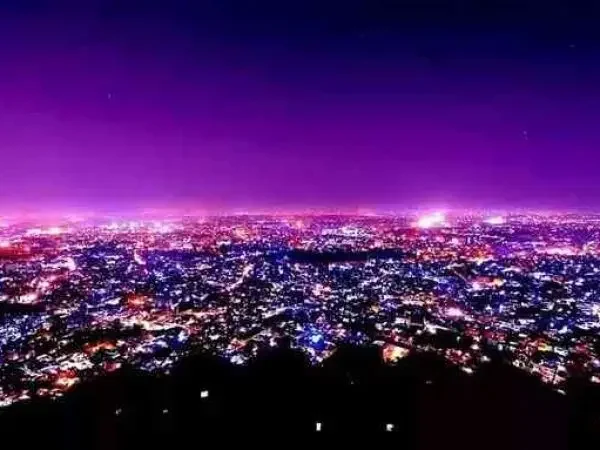
Given that Rajasthan is the size of a large European country, where does one begin to explore it?
Jaipur is the acknowledged gateway to the region. Historically, by virtue to its proximity to Delhi – the capital of the Mughal Empire and later of British India – the Kacchawa Rajput kingdom of Jaipur was the most responsive of all the kingdoms of Rajputana to the cultural influences of Mughal rule and, later, British colonial rule. It is today the capital city of the state of Rajasthan, and has the state’s only international airport. Jaipur is also the closest city to Delhi by road, and has the maximum number of flights from Mumbai.
Jaipur in the Golden Triangle
Until recently an unspoilt 18th century experience, Jaipur is today one of India’s fastest growing cities. Along with Delhi (230 km) and Agra (250 km), Jaipur makes up the ‘golden triangle’ of tourist destinations offering probably the single largest concentration of places of tourist interest in northern India. One-third of tourists coming to India from other countries make it a point to travel through this ‘golden triangle’. Consequently, a significant number of hospitality destinations exist within this corridor. Jaipur being an erstwhile prosperous princely kingdom has some of the best-known heritage hotels around Jaipur. Savista ranks prominently among them, its owners themselves being inheritors of this aristocratic heritage.
A Different Jaipur: The Savista Experience
While almost all the luxury heritage hotels of Jaipur are concentrated within the city, Savista locates itself uniquely in the family’s traditional village which is just outside Jaipur city. Care has been taken to impart the place with two very special characteristics. For one, it has a strong boutique hotel character. For another, it has evolved around the principles of ecological appropriateness and sustainability. It is located on a twelve acre organic farm, and is equipped with all the modern amenities of a luxury hotel. Here, travellers have the opportunity to experience Jaipur differently. While enjoying all the advantages of a comfortable and serene country location, it makes the experience of Jaipur city’s monuments and bazaars equally possible.
Origins of the Pink City
Jaipur – called the “Pink City” following a royal order that all buildings in the walled city be painted a uniform pink, the colour of the locally mined sandstone – was built in the early 18th century as a planned city with seven gates, to replace Amber as the capital of the Kacchawa kings. The Kacchawa Rajputs trace their ancestry back to the sun, hence the Sun God is the symbol of Jaipur. Maharaja Jai Singh, the city’s founder (Jaipur = City of Jai) was India’s greatest astronomer king, who opened his court to scientific knowledge from all over the world, sponsored the translation of European, Arabic and Sanskrit scientific treatises, and designed the Jantar Mantar, the world’s largest stone and marble crafted observatory with 17 gigantic instruments.
Essential viewing of historical monuments in Jaipur are:
- Amber Fort,
- the City Palace (and museum),
- Albert Hall museum,
- Hawa Mahal, and
- the Jantar Mantar observatory.
- No trip would be complete without handicraft and jewellery shopping.
For the leisurely and discerning traveler, there are more monuments:
- Sisodia Rani ka Bagh (Mughal-style pleasure garden),
- the ancient springs and temples of Galta (Monkey Temple),
- the cenotaphs of Gaitore,
- the Govind Devji Mandir (the personal temple of the royal family since the establishment of the city) and
- the ancient craft bazaars.
At some distance from Jaipur, in neighboring districts are :
- the step-well at Chand Baori Abhaneri,
- the ancient temple town of Pushkar,
- the 13th-century tomb of the Sufi saint Khwaja Moinuddin Chishti in Ajmer, and
- the national bird sanctuary at Bharatpur (Keoladeo Sanctuary).
Conclusion
With centuries of royal heritage, culture, and great architecture, Jaipur deserves its reputation as the “Pink City” and the storied gateway to the Golden Triangle of Rajasthan. From the mountain-high ramparts of Amber Fort to stunning Jantar Mantar and its observatory instruments, there is a vision and tradition to every stone in Jaipur. Yet waiting patiently behind its busy bazaars and grand monuments is the quieter side of the region—Savista’s countryside retreat—where travelers can stop, experience nature, and enjoy a boutique experience of mixed luxury and sustainability. From the history-laden representation of India, to its pastoral surroundings, Jaipur welcomes visitors to explore it from its different sides and create memories long after the city fades into pink.

